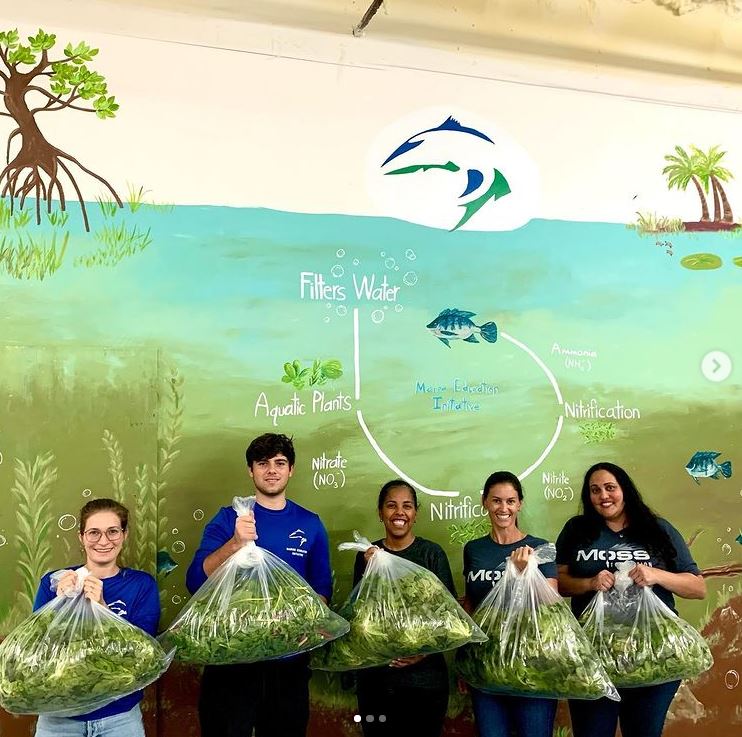
Aquaponics: A Sustainable System for Urban Agriculture
One of the core components of our new Education Center will be an aquaponic system that creates a symbiotic growing relationship between fish and plants. Playing a large role in the development of that system is The Aquaponic Source, a Colorado-based company with special expertise in this remarkable technology. In a recent interview, their CEO, JD Sawyer, explains how aquaponic systems work, and why they are so important for the future of agriculture.
What type of aquaponic system is going into the GHV Education Center?
We are designing and installing a custom Flourish Farm Aquaponic System with elevated Deep Water Culture Beds for waist-high plant production. The system will have a fish tank and filtration system that supplies nutrient-rich water to the plants while the water recirculates back to the fish. In addition, we are providing four classroom-scale systems called the Harmony, which features two growing beds suspended over a 125-gallon fish tank with clay that provides filtration.
What are some advantages of aquaponics?
- The system recirculates water continuously with no discharge, which helps with water conservation. Water is only topped off due to losses from evaporation.
- The ability to build full-production fish and plant systems in close proximity to consumers, particularly in urban areas, helps to reduce food transportation time and expense.
- It is a living ecosystem that relies on naturally occurring bacteria that convert ammonia produced by fish into nitrate nitrogen and other nutrients required for plant growth. Neither the fish nor the plants are treated with any unnatural chemicals, pesticides or herbicides.
- The food production process is completely natural, and the food is generally more flavorful than what is produced from other synthetic methods.
How sustainable is aquaponics?
Aquaponics provides a solution to agricultural issues such as overuse of water resources, overfishing our oceans, contaminated fish, chemical use, nutrient-depleted soils and transportation/distribution costs. In addition, systems can be designed to run with solar power, solar thermal heat and water reclamation/reuse systems that can help to minimize or eliminate reliance on finite resources.
What are the main parts of an aquaponic system?
The system consists of four main parts:
- The aquaculture system (fish tanks and filters)
- The plumbing system that connects the fish and plant systems
- The aeration system which provides oxygen to the system
- The plant growing base which is commonly deep-water culture, buckets or media beds
What are the benefits of aquaponics in education?
Aquaponics covers all the core STEM education subject areas along with nutrition, economics, food safety, community development, culinary arts and others. It also educates our younger generation about controlled-environment agriculture that is vital for our planet, and perhaps inspiring young people to become “urban farmers” who will help us grow food in our communities in the future.
Why are you passionate about your work?
It feels good to know that we are doing something important for our communities and future generations. Being in greenhouses that are full of living fish and plants is also a really nice feeling. It’s a great learning environment, and we love helping schools and farmers get their systems up and running.
What’s your favorite feature in the GHV Greenhouse?
The rooftop! This will be our first good size system on a rooftop greenhouse, and that’s really cool.
For more information about The Aquaponic Source visit…https://www.theaquaponicsource.com
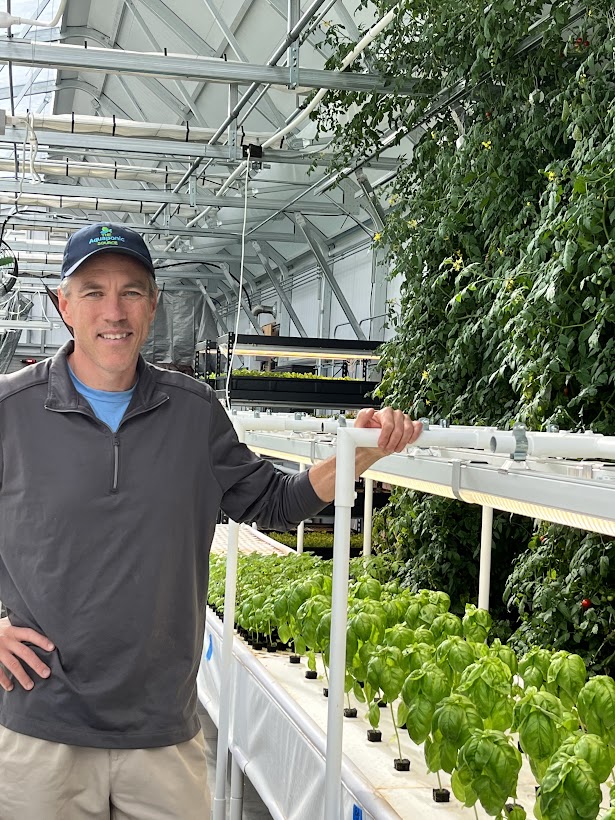
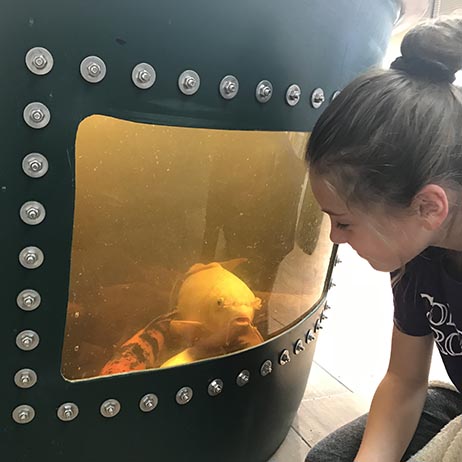
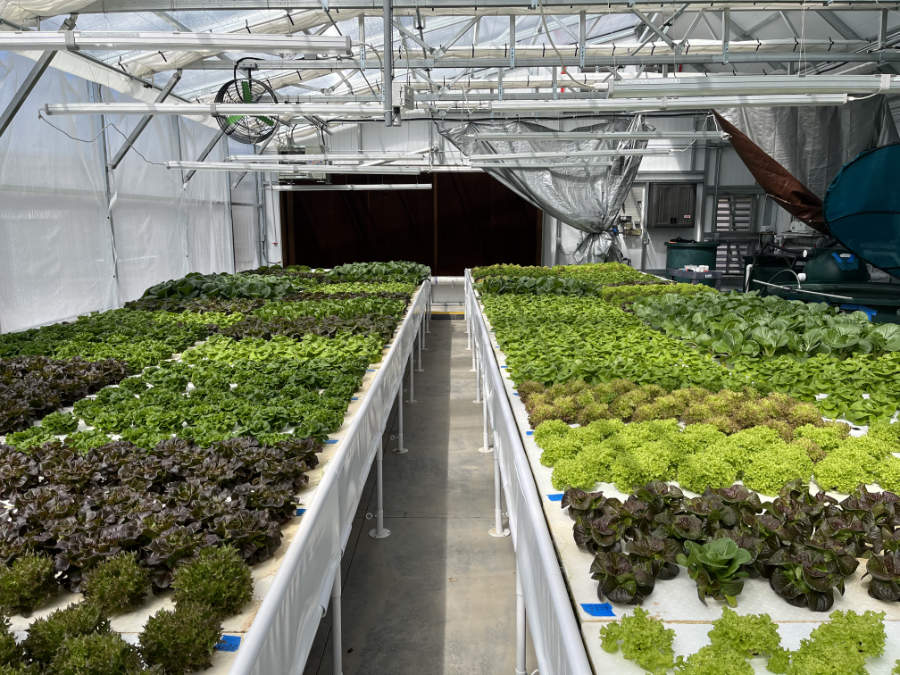
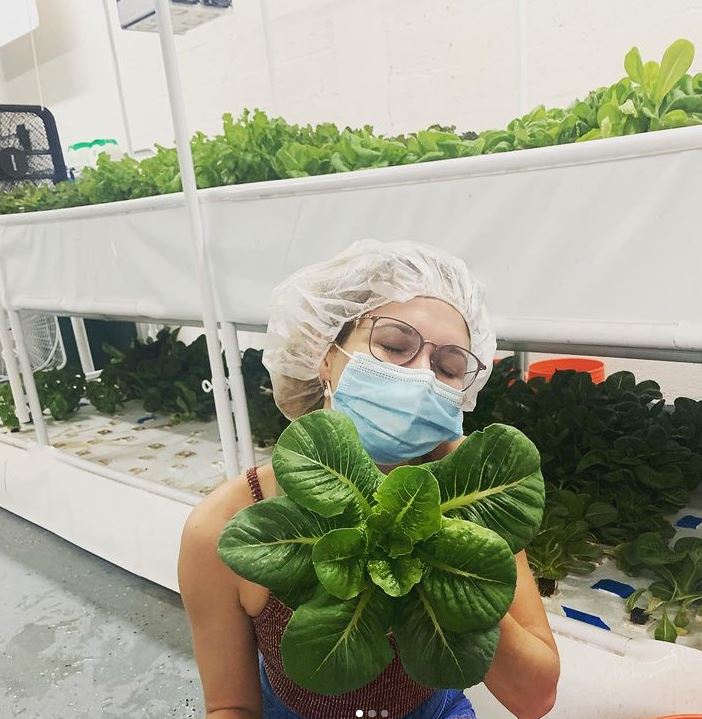
Native Landscape Solutions
One of the most ambitious and innovative accomplishments of the Green House Venture program has been the development of the Embankment Greenway. This 3.7-acre expanse runs along the south side of Interstate Highway 44 in the historic Shaw Neighborhood of St. Louis City.
The Greenway is designed to involve students working with scientists to explore the potential for using interstate highway margins to revitalize declining pollinator populations, mainly bees and butterflies that are essential for large-scale agriculture.
Spanning 1,700 feet along two city blocks, this creative, first-of-its-kind development in St. Louis is a major model for introducing more ecologically diverse and sustainable growing areas along urban highway corridors across the entire country.
Bringing this remarkable space to life has required the collaboration of numerous individuals and organizations, including Native Landscape Solutions (NLS). Their expertise has been vital from the outset, helping us to identify and remove non-native grasses, plants, and trees along with a “rogue’s gallery” of other invasive species across the entire Embankment.
“This is an ongoing process and a key component of the stewardship we provide for the Greenway,” says Chuck Caverly, account manager and Botanist and Certified ISA Arborist MW5733-A with NLS.
Their initial work was followed by a winter planting of a 30-species mix of native grasses, sedges and wildflowers across the entire Embankment.
It generally takes native species three years to get established, and after the third year of seeding, spring of 2022 saw the east end of the Embankment explode with color and diversity. “In fact” Caverly adds, “the Saint Louis University Bee Lab study team discovered it had the greatest diversity of native pollinator species in all of their study sites throughout the St. Louis region.”
More recently, the NLS team began preparing another part of the Embankment area for restoration. After several aggressive stewardship visits, which included removal of persistent invasive species and tree pruning, the team reseeded the entire west end of the Embankment with a 50-species mix of native pollinator plants and grasses. That kind of diversity is the key to creating a robust reconstructed native habitat because 80% of native pollinators are specialists, relying only a couple of species of native plants to complete their life cycle.
“The Native Landscape Solutions is proud and honored to be able to participate in this outstanding project,” says Caverly. “We look forward to the next steps of the GHV vision and the opportunity to continue our participation in this work for future generations to enjoy and appreciate.”
For more information about Native Landscape Solutions, please visit https://www.nativelandscape.biz
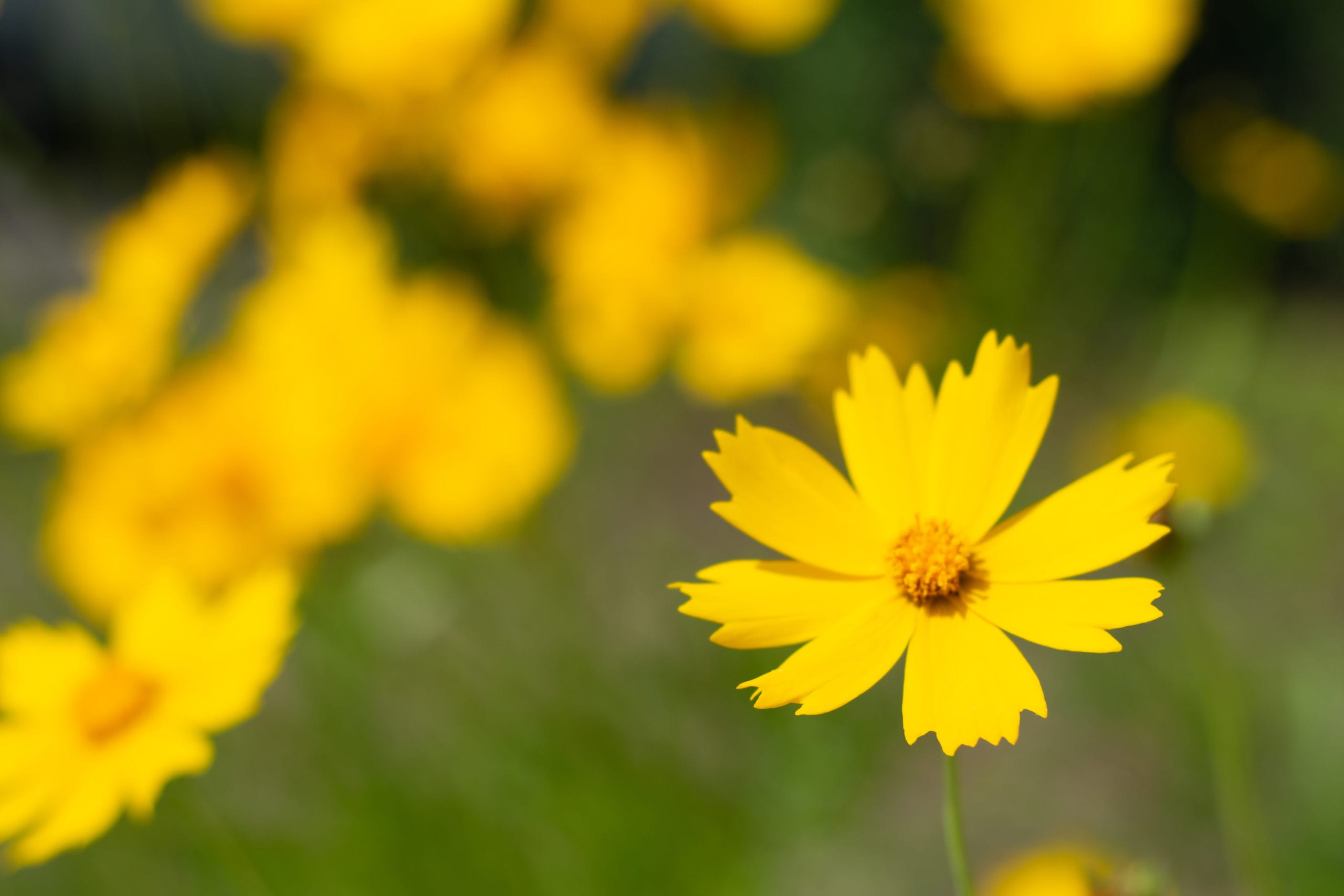
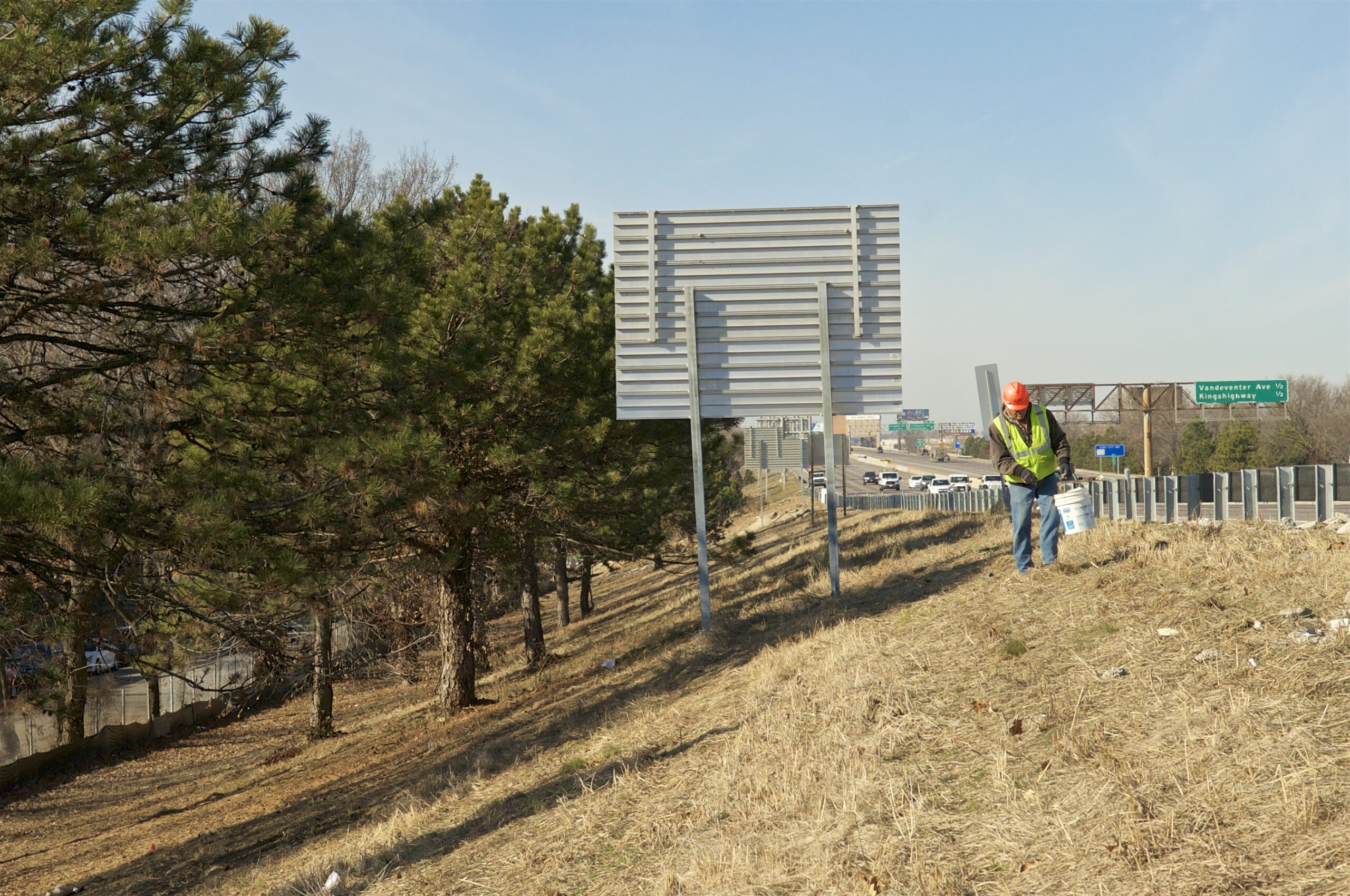
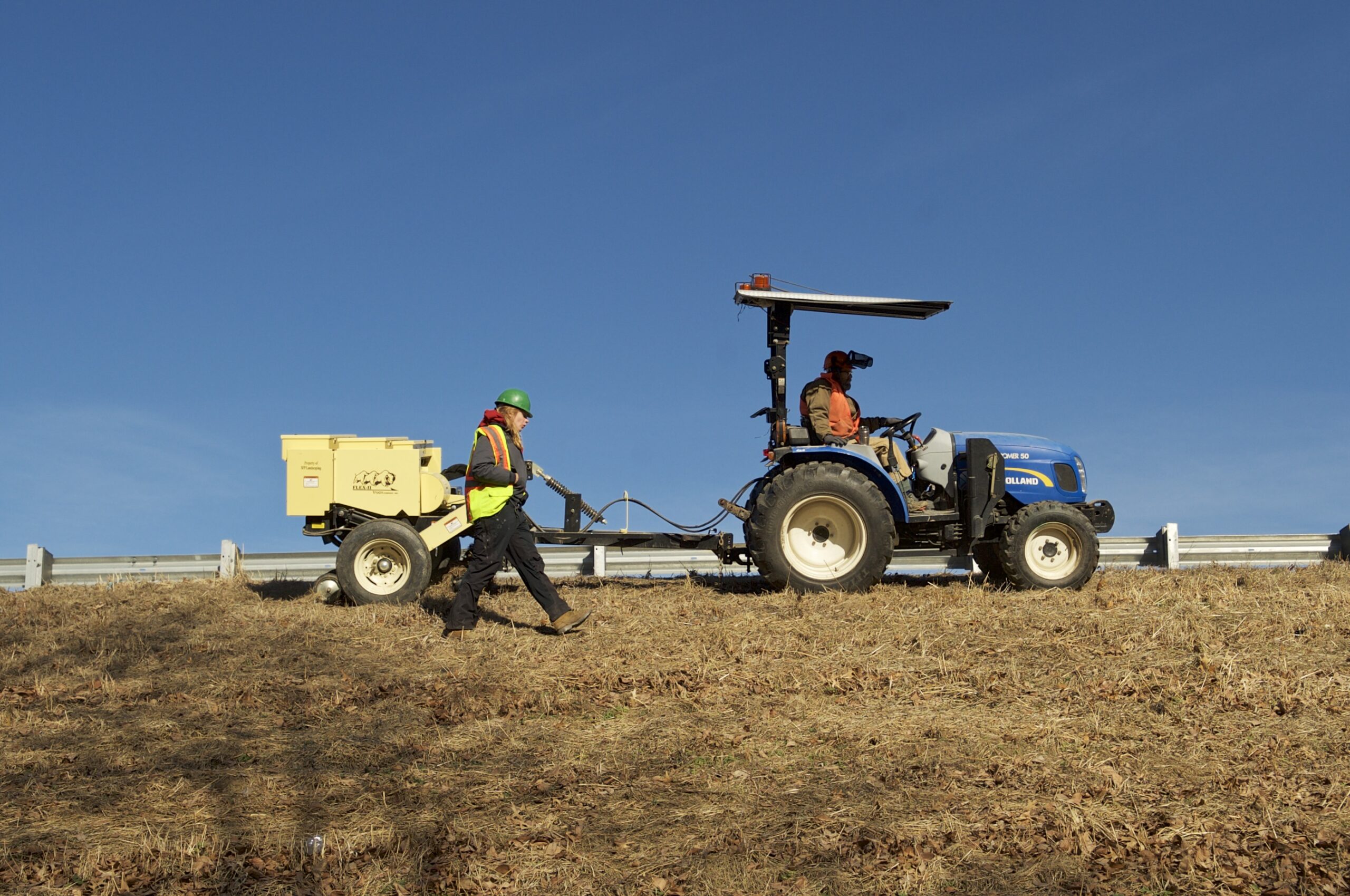
The Learning Curve: What Can Kids Do with a Cold Frame?
In St. Louis, February scents from the soil are already teasing us with thoughts of spring planting. This March, for the first time, we’ll be inviting students in our Alliance schools to try out something new: cold-frame growing in our new Terrace Garden along I-44:
In the five years we’ve been doing hands-on science education in the Shaw Neighborhood, we’ve learned a big lesson: it takes a lot of time and money to build apparatus for one-off demonstrations and experiments. To make what we’re developing sharable with other groups around the city and beyond, we need to cut the overhead, creating the simplest, most affordable and easy-to-build apparatus possible. Discovery stations that invite lots of activities and experiments have become our passion (see August 2022 Newsletter on Computerized Growing Chambers).
This spring, the Curriculum Committee is working on an outdoor discovery station: an inexpensive all-weather, easily assembled and stored growing frame. What we’re after is a way to teach a range of STEAM subjects around an interesting object. And boy, is a growing frame interesting.
We’re thinking first about the E and M in STEAM (Engineering and Math), which can be challenging to explore with kids in grades 4-6. Using safe hand tools, various lengths of wooden 2X2s, clear-plastic sheeting, and a few other items from a home-improvement store, how can we open up possibilities for educational play? Here is a sampling of kid-sized questions about a cold-frame:
How big should we make it so that it won’t blow away or be crushed by snow or a downpour?
How can we join the 2X2s and not have the giant frame be floppy?
What do we do with the clumsy thing when spring is over?
Can we figure out easy ways to fold or disassemble it for winter storage?
How can we provide water for the plants inside if our garden doesn’t have a spigot?
Getting kids interested in such problems is easy, but finding answers without clues can be beyond them. We’re thinking of prefabricating angle-supports and of 2X2s with holes for bolts and screws at the corners.
With these, 4th-graders, for example, might try out for themselves ways to assemble the frame and keep it from flopping. 6th-graders might research the average angle of incidence of the sun in St. Louis from March to May, and if we provide various lengths of 2×2 for uprights, 5th-graders might use a protractor to look for an optimal angle for the top.
If all goes well, we then have formed an engineering and design team. Add some PVC pipe, guttering, and fittings to our parts list, and the team might try to find sustainable ways to harvest water from the sheeting on top. Add a dowel sticking up from board on a post at the rear, and they might assemble a sundial and take readings on the changing angle of the sun throughout the spring growing season. Add a small solar-powered camera, and they might even make time-lapse videos of the shortening shadow and the lengthening plants.
Once the engineering is done, just think of all the exploring and experimenting with science and math the team can do involving the cold-frame they’ve made.
For example, how does it capture heat? How much does temperature inside fall overnight? How much faster do plants grow with the increasing angle of the sun? How can we prevent overheating? How much rainwater can we collect from 4’2″ of plastic film/hour in a .5-inch/hour rainstorm? What plants grow best in cold-frames? Could we change out the plastic for another fabric in summer to protect plants from sunburn or insects?
So we’re off—with Frank Lorberbaum of Building Futures, a non-profit devoted to teaching design and woodcraft—to fashion parts and clues to let kids assemble a year-round, team-friendly discovery station made out of a few lengths of wood, fabric, guttering, and plastic pipe—one that can hold interest as they advance in age, capacity, manual and social skills, and creativity. How about challenging 8th-graders to invent a robotic device to open vents when the inside temperature goes over 35 degrees Celsius?
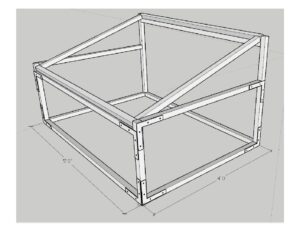
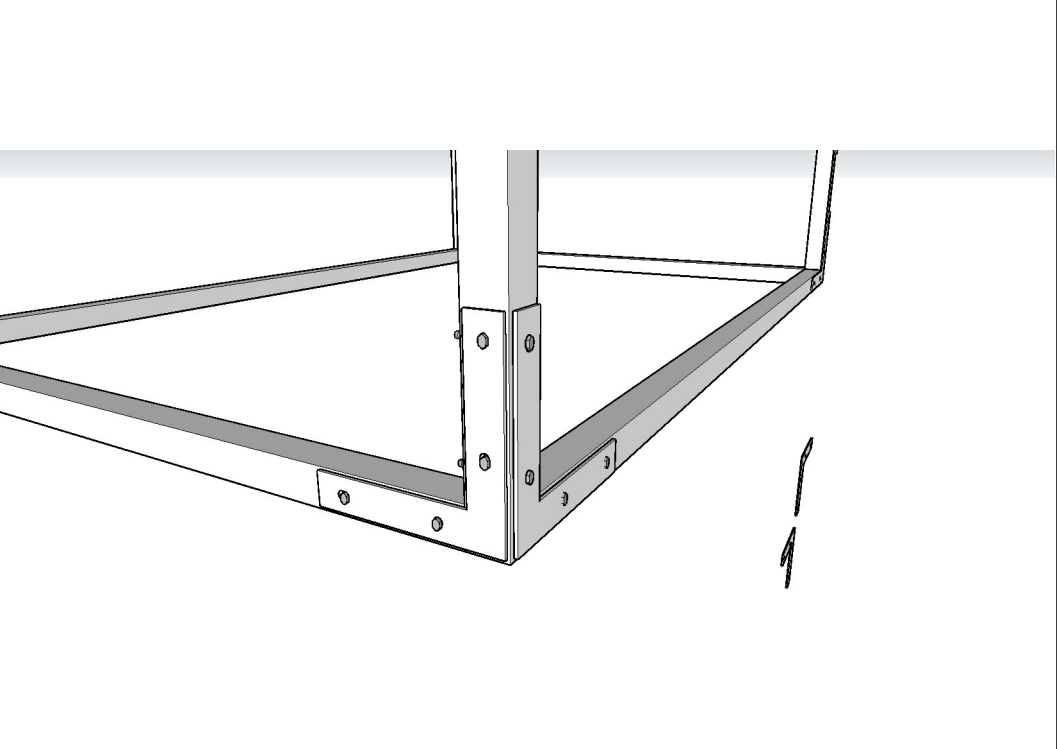


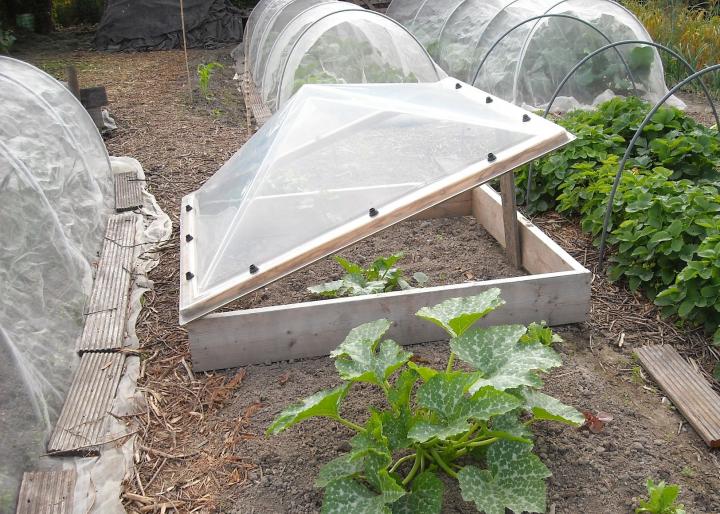
Growing Forward Campaign Update
The Green House Venture is grateful for the generosity of all of our donors, and we are very excited to announce a significant gift from the Viragh Family Foundation. The recent $250,000 award is providing momentum and energy to the campaign. Gifts of this magnitude highlight the importance of our effort and are a real inspiration to others considering their support. This commitment also brings us a step further along through our planning and preparation and closer to beginning construction.
We are thankful for the partnership with the Viragh Family Foundation, and we appreciate the intentions that they have to share in our bold mission to provide unique educational solutions to St. Louis. “GHV is necessary for our region. We must break the status quo for children… while searching for better solutions for the youth of our region.”

